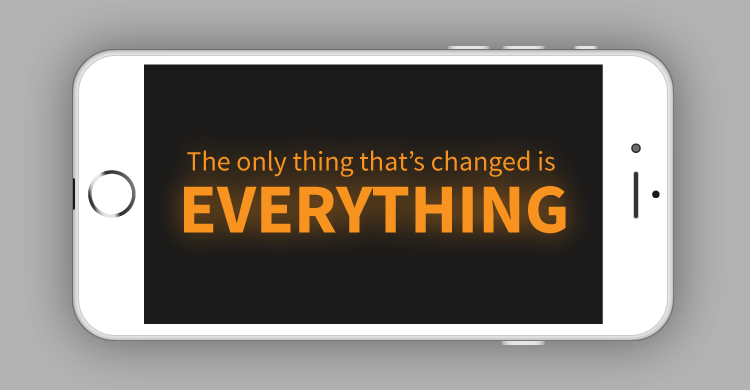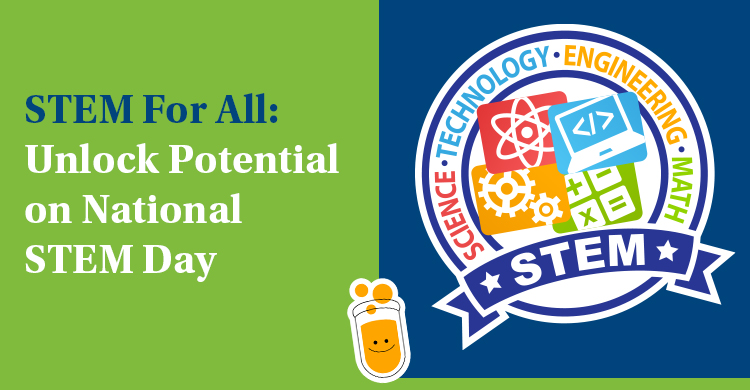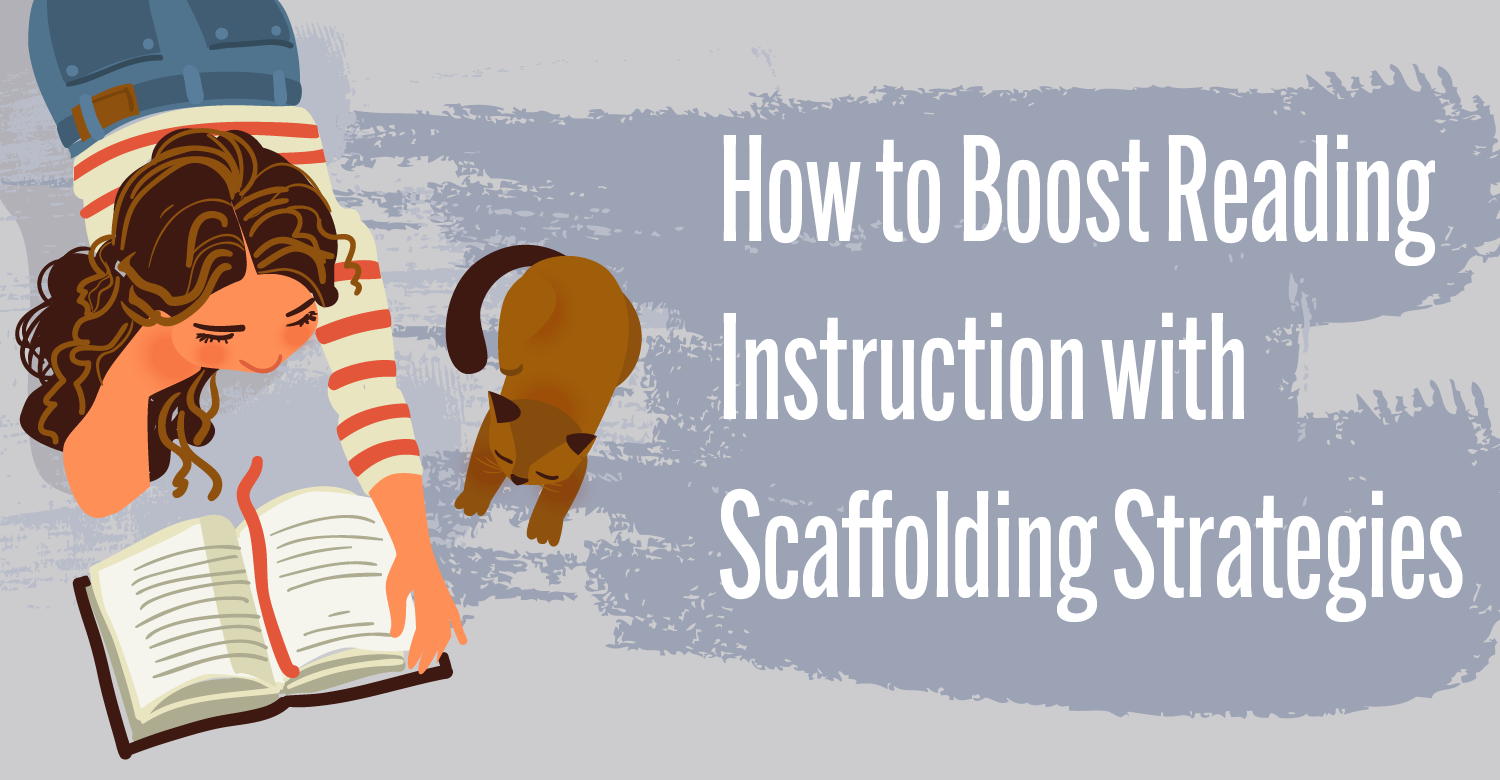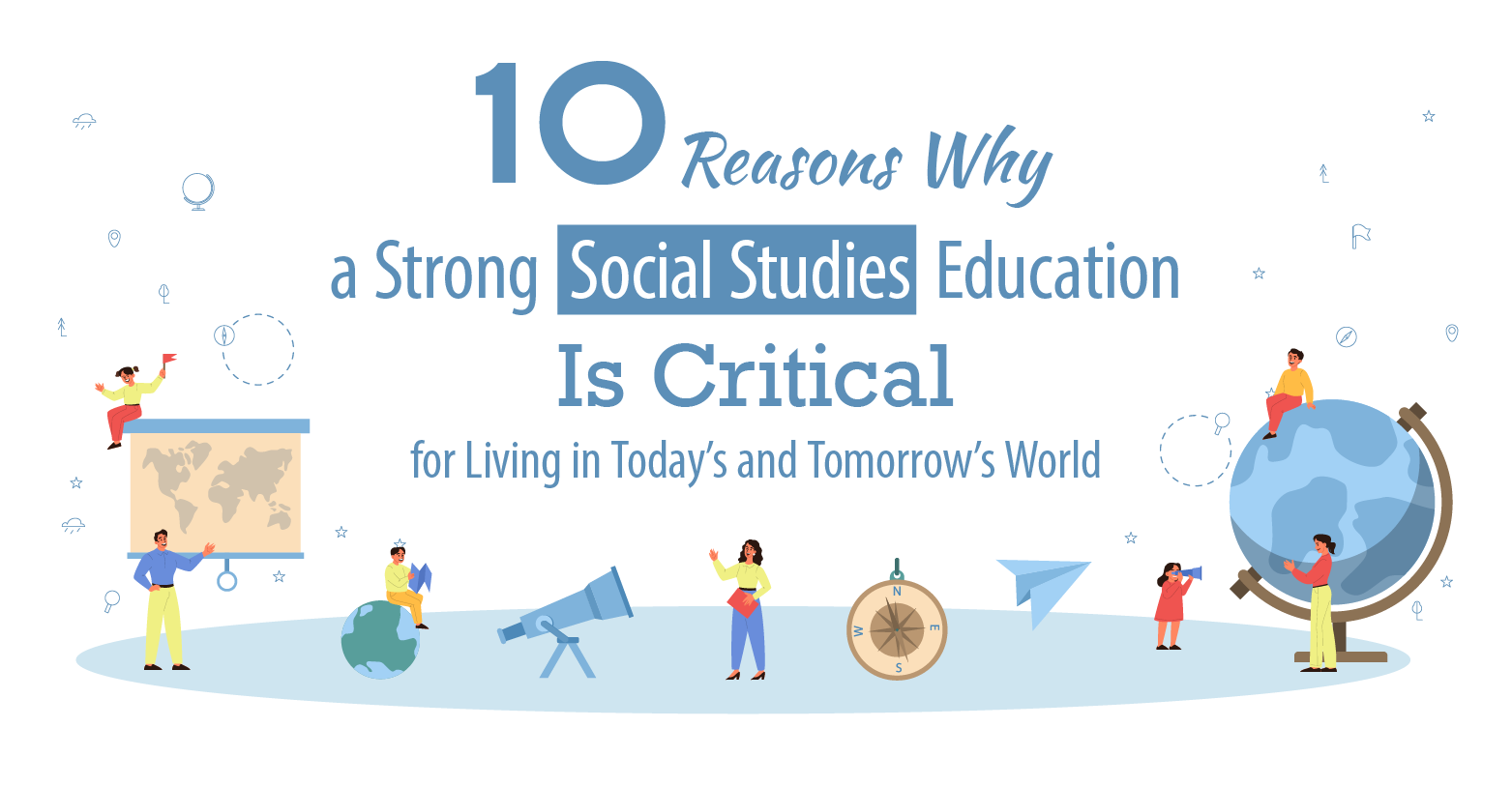Tagline sound familiar? Yes, it’s the new tagline for Apple’s iPhone 6S. When you look at the iPhone 6S, it looks identical to the iPhone 6. But, there are so many unique features and upgrades that are inconspicuous to the casual observer.
On the surface, schools, classrooms, and the education profession have looked very similar over the past few decades. The majority of parents see their children experiencing the same types of things they experienced in school: completing (too many) worksheets for homework, taking tests, receiving letter grades, having a nice teacher, a grumpy teacher, completing projects, writing reports, etc. The school building layout is familiar and nostalgic. There are recesses and homecoming football games.
Here’s where the stories shift…in the iPhone 6S, there are significant changes within the device, although on the outside, things look the same. In education, there are significant changes on the outside, while within classrooms and schools, too much is the same.
To be clear, we are inspired by a small but incredibly important and exciting collection of classrooms and schools in which there are upgrades. However, while the realities of our families have changed, the lives for which we are preparing students have changed, and the research on best practices and what works best for students have never been as clear and widely accessible, there are simply not enough upgrades out there.
In the most inspiring classrooms, students are engaged, learning is active, tasks are personalized, checks for understanding are frequent, feedback is timely, specific, and constructive; the research-based advances in pedagogies and strategies of the past 2 decades are alive and well in these learning spaces. These iPhone 6S classrooms are truly different.
An example of an iPhone 6S school environment would be walking into the career academies at Maplewood High School in Nashville, TN. There you will find educators providing learning experiences that align to our changing world, a world that requires skills in computer science, mathematics, writing, teamwork, and leadership. You will find an English teacher who hosts an after-school coding club (the school is working on making this part of the “regular” school day). Students apply their coding skills (all the while integrating mathematics, writing, and reading) to engage in real world, computer science tasks, like building a website. Students at Maplewood HS are also designing, building, and testing drones. You have to walk inside of Maplewood to see the rigorous instruction and transformative learning that’s a part of its operating system.
iPhone 6S schools and classrooms include new teaching and learning tools and opportunities for staff and students. But, you have to open the classroom door to see the learning difference. Step inside, and ask questions of teachers and students and the upgrades will surprise and inspire you.
“…wait, the screen flashes when taking a selfie? I’m not sure how I feel about this new change…” may be analogous for some to “…I didn’t learn that way. I didn’t have these opportunities…”
When we begin to upgrade our practices and take research-based risks, the iPhone 6S classroom tools will innovate the teaching and learning experience. Both staff and students will be personally and positively affected. We will enthusiastically embrace the new way of doing something. A better way. But we must act. We must take a first step.
Here is the unfortunate reality – most schools and classrooms aren’t the iPhone 6S. They might not even be the iPhone, or the 5, or the 4…Let this tagline, “everything has changed,” provide an inspiration for us to move forward. Let it light that passion inside of us to provide opportunities for students to creatively engage, curiously inquire, boldly explore, and make an impact on our world, just as the next generation of iPhone does when you slide the screen to enter.
There are pockets of innovation. There are innovators pushing positive change to ensure students are ready for college and career. There are courageous thought leaders and risk taking educators who are discovering new ways of doing things. Innovative teaching and learning tools, pedagogies, and strategies exist out there. We need innovative and new schools for the learners of today and tomorrow.
[author_bio id=”77″]
[This is a post by author Chris Weber and guest contributor Nathan Lang.]






